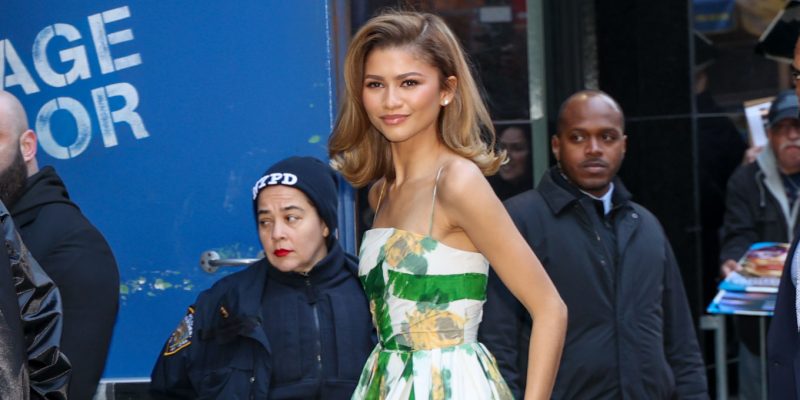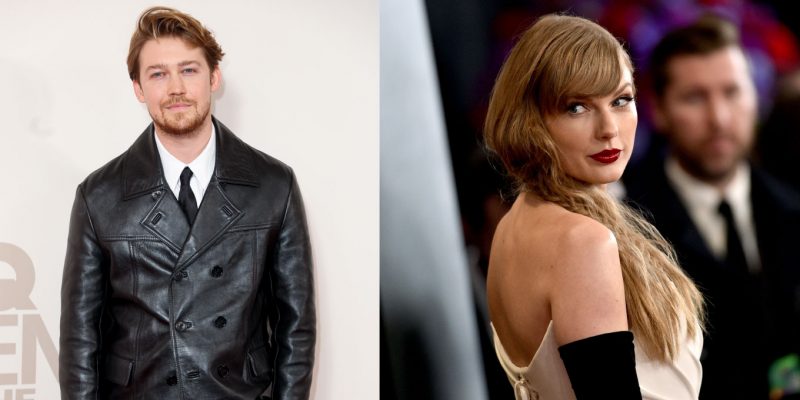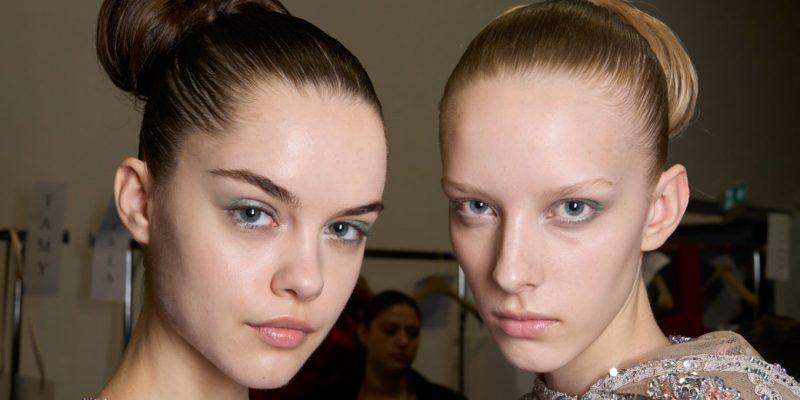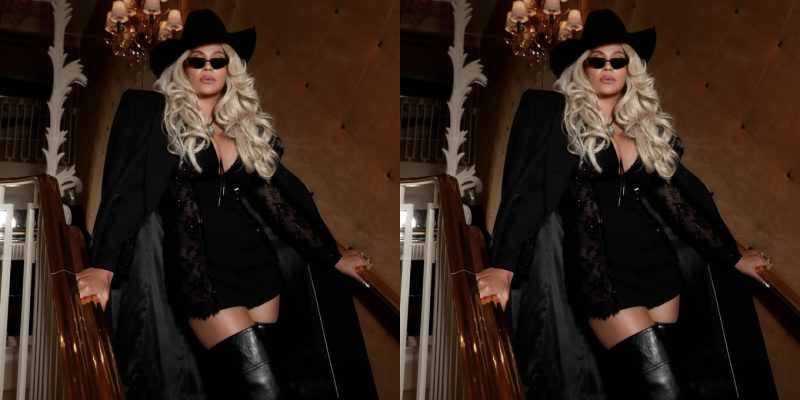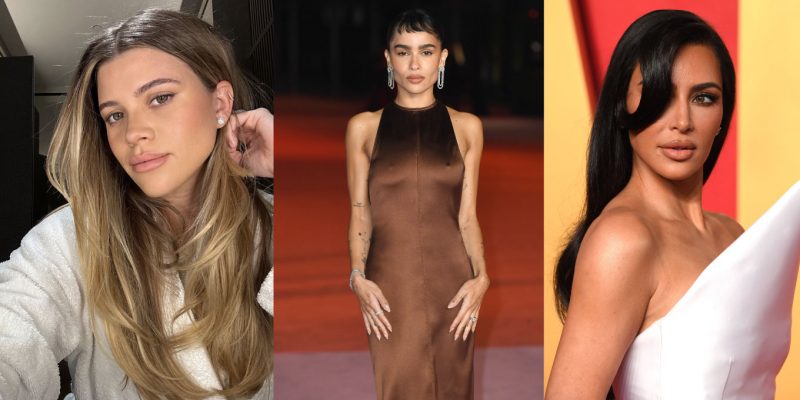Is it blended, melted or sun-kissed balayage? According to Antonio Quintieri, top hair-stylist and educator for Wella Professionals, the most modern approach to hair colour combines all three techniques for a seamless flow between tones that factors in skin colour, eye colour and jawline. “We call it colour contouring,” he says. “It’s a new blond that doesn’t really have a warmth or a coolness to it; it just looks like nude makeup that complements the skin tone quite a bit.”
By hand-painting darker and lighter pieces into hair (and holding them in place with non-stick plastic wrap), says Quintieri, you can enhance hair’s texture and the shape of the face. The colour is applied a few inches away from the roots and “buffed” (rubbed into hair with a backward brush motion), allowing for extra time between salon visits and a softer contrast when hair grows out. “There isn’t that distinct demarcation, especially when you pull your hair back to go to the gym,” he says. “We want to give it more of a natural look.” This technique can be done two or three times a year (if you feel you need it), with a gloss or toning treatment when the colour needs a new filter. “Sometimes, all the person wants to change is the tonality,” says Quintieri.
“One month they might like it a little bit cooler; another month they might like it a little bit warmer.” He compares the process to how you switch up your makeup when summer hits. “It’s like removing your foundation: You may want to be more tanned in the summer and cool it off a little once fall arrives.” To showcase shine when transitioning colour, Quintieri recommends Wella EIMI Glam Mist Shine Mist, a lightweight shine spray that shields hair from humidity and damaging UV rays.

Wella EIMI Glam Mist Shine Mist ($20), at wella.com.
This article originally appeared in the Summer 2017 issue of ELLE Canada.

